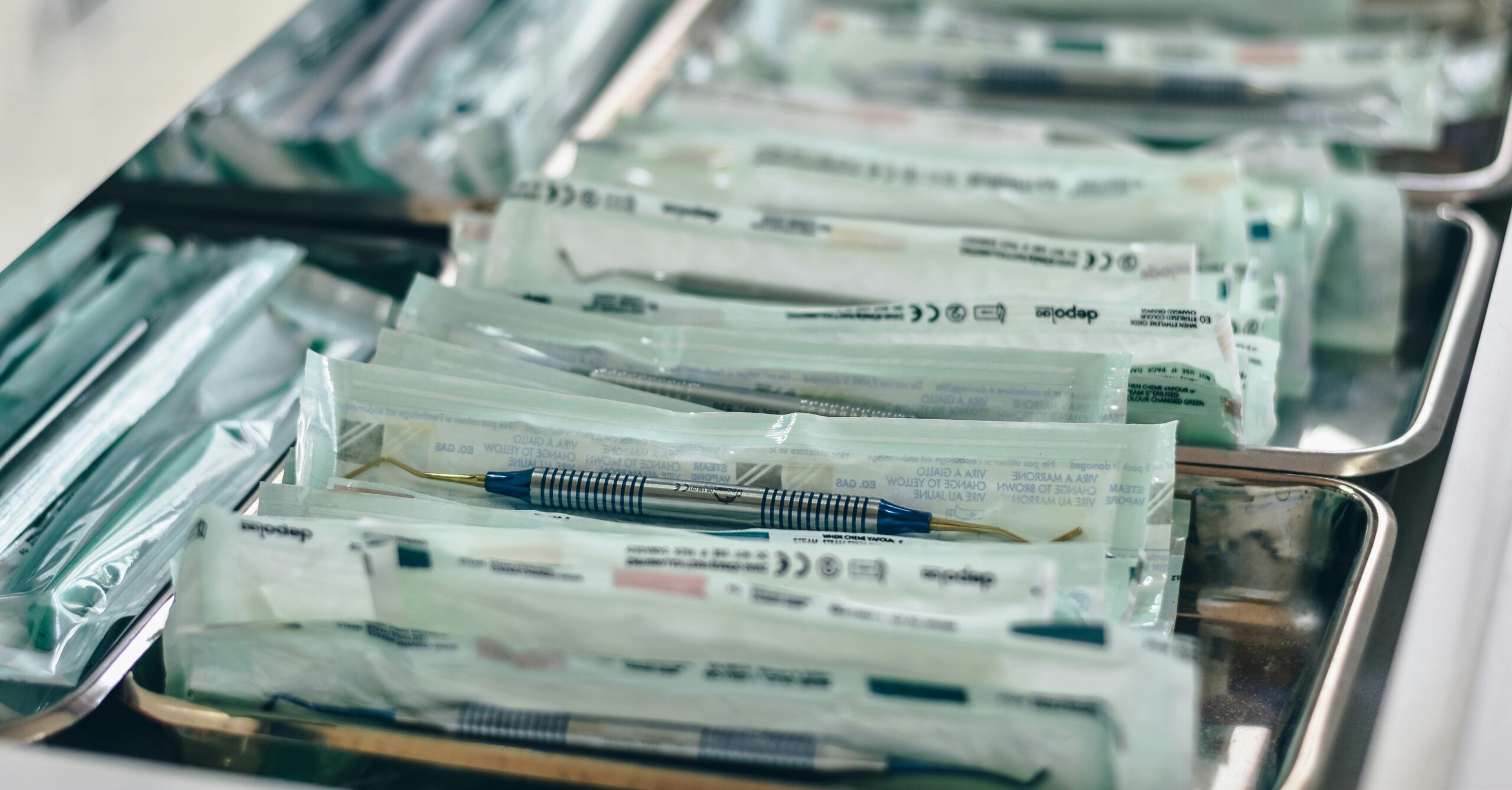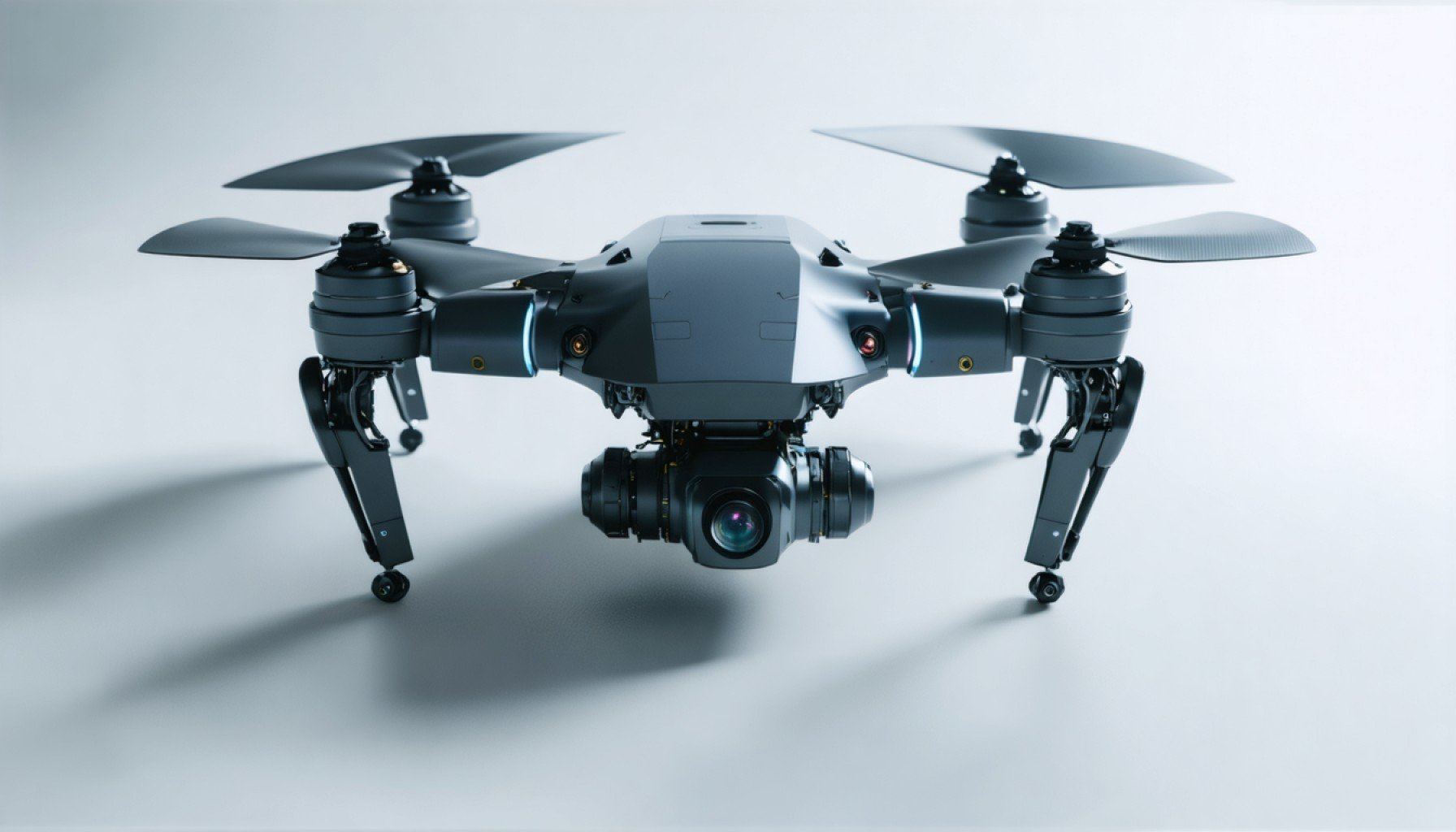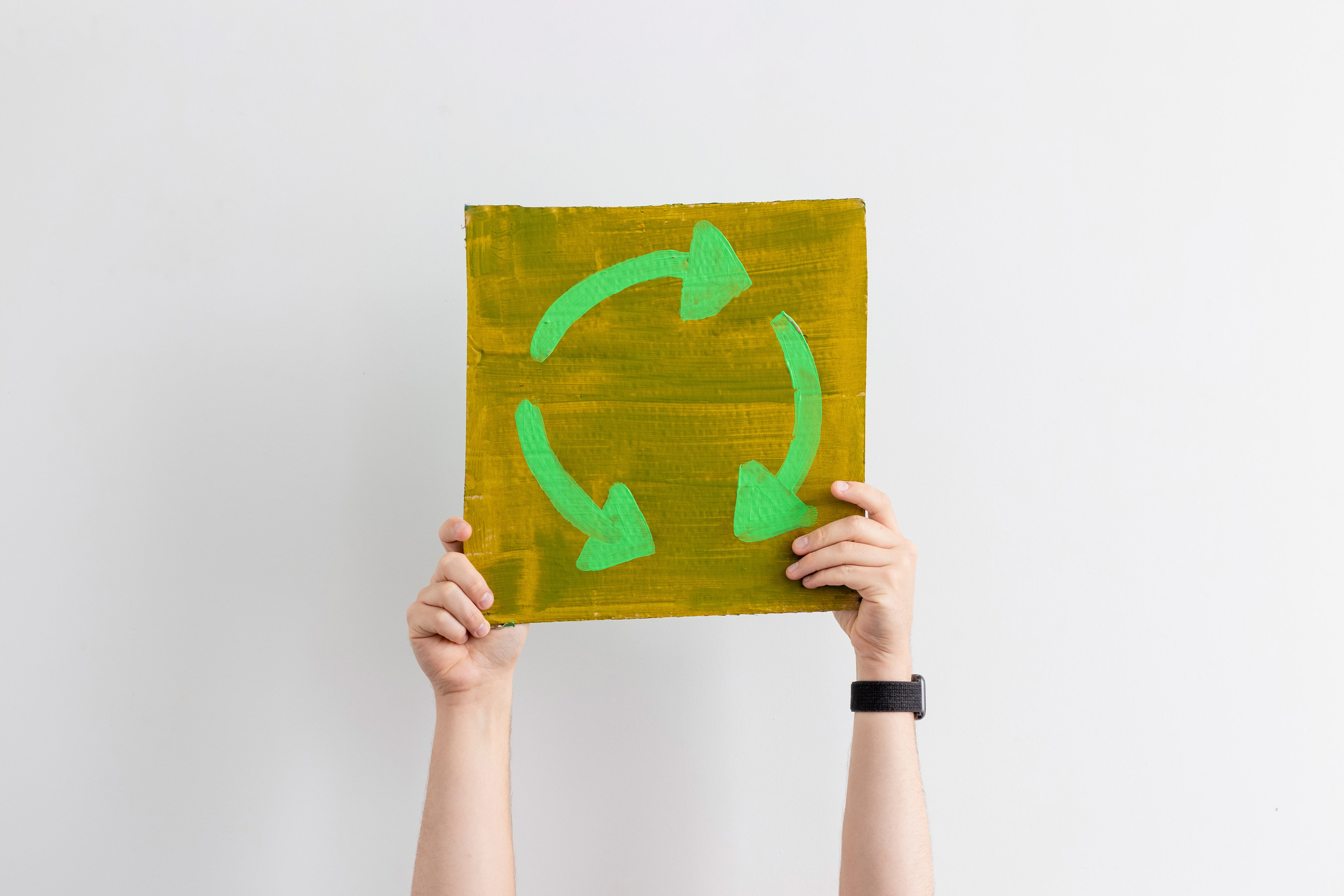E43: The Environmental Domain of Caffeine

Introduction
Well, we’re here on the 7 Domains of Caffeine to think a little bit more in this segment about the environmental impact of your coffee consumption on the planet. And then, what is it about the choices that you make that might be a little bit better?
Environmental Impact of Coffee Production
It turns out, just as a starter, that Americans throw away 50 billion coffee cups a year, and these coffee cups that you get at the coffee shop are not recyclable. They’re not recyclable. They’re not compostable. They go into the landfill. They eventually break down because they’re lined with plastic. And lo and behold, it has a big impact, and that’s just the coffee cup.
If you go back to where the coffee is harvested, coffee and tea are actually grown in very unique environments around the planet, and these are not simple environments. They tend to be hillsides. They tend to be cooler. Originally, coffee grew in the shade and didn’t need to be watered. But shade-loving coffee is hard to grow, and people are cutting down the hillsides to grow new coffee plantations where the kind of coffee that’s growing can be grown in the sunshine, but it needs a lot more water.
So the environmental impact of the coffee that you choose is a function of what kind of coffee is it, how is it grown, and how is it picked. Certainly, shade-grown coffee is the most environmentally safe. Organic shade-grown coffee is better because you’re not putting pesticides on it. You can imagine getting those seeds, which may have pesticides in them, grinding them up, boiling them in hot water, and you get to consume a fair number of pesticides. And, of course, the people who work in the fields earn very little money. So there’s the issue of environmental justice, the people who work are exposed to these pesticides and don’t get any money.
Comparing Tea and Coffee Environmental Footprints
So the same may be true for tea because tea grows usually in shady places on hillsides where it’s a little bit cooler and has a significant environmental impact. Although according to people who pay attention, tea has a lower environmental impact than coffee for a bunch of reasons, which we’ll kind of get to.
So coffee has the environmental impact of growing it in coffee plantations, moving it away from the shade-loving plant that it really is to groups of plants that can now grow in the sun, but, of course, then they need lots of water. The harvesting, and the roasting, take a lot of energy. The shipping, which has to go from another place of the world into your part of the world, and then the delivery to your local roaster, maybe it’s roasted here locally, of course, and then it has to be ground and then you have to make your coffee.
Tea, again, is not picked industrially. It’s usually picked by people. It isn’t necessarily roasted, although black tea can be dried and roasted a little bit. It doesn’t weigh as much in terms of its processing. So it’s just the tea leaf. And if you ship it in bulk and you don’t wrap it in little tea bags, it has very little environmental waste. You don’t make industrial-size pots of tea, although some people do. Usually, you make one cup of tea. And you don’t waste as much water with tea, either in growing it or in making it, as you do with coffee.
Energy Efficiency and Brewing Methods
Now people make decisions whether they drink tea or coffee usually not on their environmental impact. But as I am living in my little house, I have a tiny little house that my husband has nicely outfitted with solar panels. So we make more electrons than we consume every day. So I make a decision about how I’m going to heat my water for my coffee. Is it more electrically efficient to heat the coffee water, heat the water on the stove in a kettle? Is it more efficient to heat it in the microwave? Or is it more efficient to heat it on a little independent hot water kettle that you plug in? And it turns out the hot water kettle is much more efficient, by a factor of 5 to 10, than the microwave oven. So, you know, sometimes you say, “Oh, I’m just going to stick this hot water in the microwave and boil it and then I’ll make my coffee,” if that’s the way you’re going to do it. So clearly, if you’re making a decision about how you’re going to get your water hot, using a plug-in kettle is much more efficient.
Then the question is, what happens when you go to the coffee shop? When you go to the coffee shop, they make you a cup of coffee. It’s usually an espresso, but it can be a drip brew. And usually, they give you this coffee in a cup. And as noted before, these cups are not recyclable. They are all tossed. The plastic top isn’t even very recyclable, although they’re trying to make them more recyclable, but they don’t give you an extra bucket to put the top in. So the top isn’t recyclable, and the cup isn’t recyclable. The only thing that might be recyclable would be that wooden stick, but mostly they give you plastic sticks. So there we are stuck with a highly processed, throwaway product that we get our coffee in when we go to the coffee shop.
If you’re going to stay in the coffee shops and not walk around with your cup all over town, then they will be happy to give you a cup in many places. But if you’re like me, I try to go in with my own cup, which they nicely rinse out, and preheat, which is really sweet. They’ll run hot water through it. So it not only rinses it, but it warms it up. And then I’m not actually creating a lot more waste.
So what are the environmental aspects of coffee? How you make your coffee makes a difference. So if you make a cup of black coffee, one cup uses 21 grams of carbon dioxide. If you make loose-leaf black tea, not in a little baggy, it’s also 21 grams. That’s the good news. Now, if you make coffee or tea with milk, boiling only the water that you need, the milk out-doubles the carbon footprint. So once you start adding milk, it doubles your carbon footprint. And if a cup of black coffee is 21 grams, a large latte with 100 ccs of milk is 340 grams, over 12 times more. Oh, there you go. And then if you add sugar to it, then you’re really adding up.
Calculating Carbon Footprints
So what do you do about your carbon footprint? This is a toughie. I think if you make a whole pot of drip coffee, then you’re usually wasting some extra coffee. If you make one cup with a filter, the filters that you might use in a ceramic filter holder, actually are compostable, so the coffee that you make is compostable. You can stick it in your garden, you can stick it in your compost pile, or you can put it in your green bin if you are here in Salt Lake City where you have a green bin. And those things are compostable, so at least you’re not recycling it, but you are returning it to compost at some place someone wants in their garden, if you don’t put it in your own garden.
Promoting Environmentally Conscious Choices
So what to do? I think you can make the easiest choices in terms of the environment by deciding to bring your own cup. That’s a simple thing. It saves trees. Fifty billion cups a year that we toss are a lot of trees that are lined with some plastic. So bring your own cup if you can, and that’s one of the first steps that you can take.
How about, if you can afford, if you’re making your own coffee at home, do you take the time to purchase shade-grown coffee that’s organic? And if you do, it’s a little more expensive, but it’s probably better for the environment. And of course, if you’re drinking loose-leaf tea and only boiling the cup for that cup and you put it in a strainer, then your impact is significantly lower.
How about energy drinks? Well, energy drinks aren’t growing anything except perhaps sugar if you put sugar in your energy drink because the caffeine that they add is made in the lab. So that caffeine is not extracted from coffee, it’s not extracted from tea. It’s actually made in the lab. And so there’s no environmental degradation, although every lab industry has its own environmental impact. But energy drinks are put in bottles, cans, and plastic bottles. So which is the best? Well, if you recycle, then clearly buying your energy drink in an aluminum can and recycling it is the most environmentally efficient. (A) you aren’t growing any caffeine on the tree, and if you don’t have any sugar in it, that sounds pretty awful. But if you’re not going to drink any sugar in your caffeine drink, in your energy drink, then you definitely are down there low on the totem pole as long as you recycle your aluminum.
So having thought about all this, if you are attached, we won’t say addicted, if you are attached to your caffeine with a habit, either a social habit, an emotional habit, or a physical habit, pay attention to where you’re getting it, pay attention to how you create it. Do you need to add milk and sugar to it that adds to your carbon footprint? And then make some decisions? Now it could be if you’re addicted to your caffeine, the lowest environmental impact is for you to take a NoDoz. It is just take a pill. But that isn’t any fun. You’re missing the whole social and emotional aspect of drinking your hot beverage or your cold beverage. But the lowest impact is to take a caffeine pill. No fun, low environmental impact, but make some choices that might be the best for you.
Addressing Global Warming Concerns
We’re at some risk here on the planet because as the planet warms up, it’s going to get drier in places and hotter in places. So the tea agricultural business and the coffee agricultural business are at significant risk due to global warming. They’re trying to develop a couple of things, a coffee bush that can grow in the sun, but it’s going to need a lot more water, but it’s more drought tolerant and heat tolerant. The problem is that, around the world, almost everybody is growing the same kind of coffee bush, arabica, which is pretty sensitive to coffee rust—coffee bean rust—which is a disease, a fungal disease that damages the bush. So if all the coffee growers in the world grow the same kind of coffee, arabica, then you have a very vulnerable product that disease could spread widely, and in the face of global warming, we might have a substantial crash in our coffee production. There are other coffee beans, robusta, and robusta is not necessarily the most favorite of coffee beans, but it’s out there and it may tolerate global warming and drying up a little bit more.
Conclusion
So it turns out the planet is affecting the coffee and tea, and the tea and coffee affect the planet, and you make these choices every day. But try making just a few little choices that can make a pretty big difference. And start with bringing your own cup. And I’ll meet you at the coffee shop, and we’ll bring our own cups and we’ll have a great cup of coffee and chitchat.
So thanks for joining us on the 7 Domains. We’ll see you next time. And remember, we have a few more topics still in the 7 Domains of Caffeine for you. So listen in. See you soon.
link







